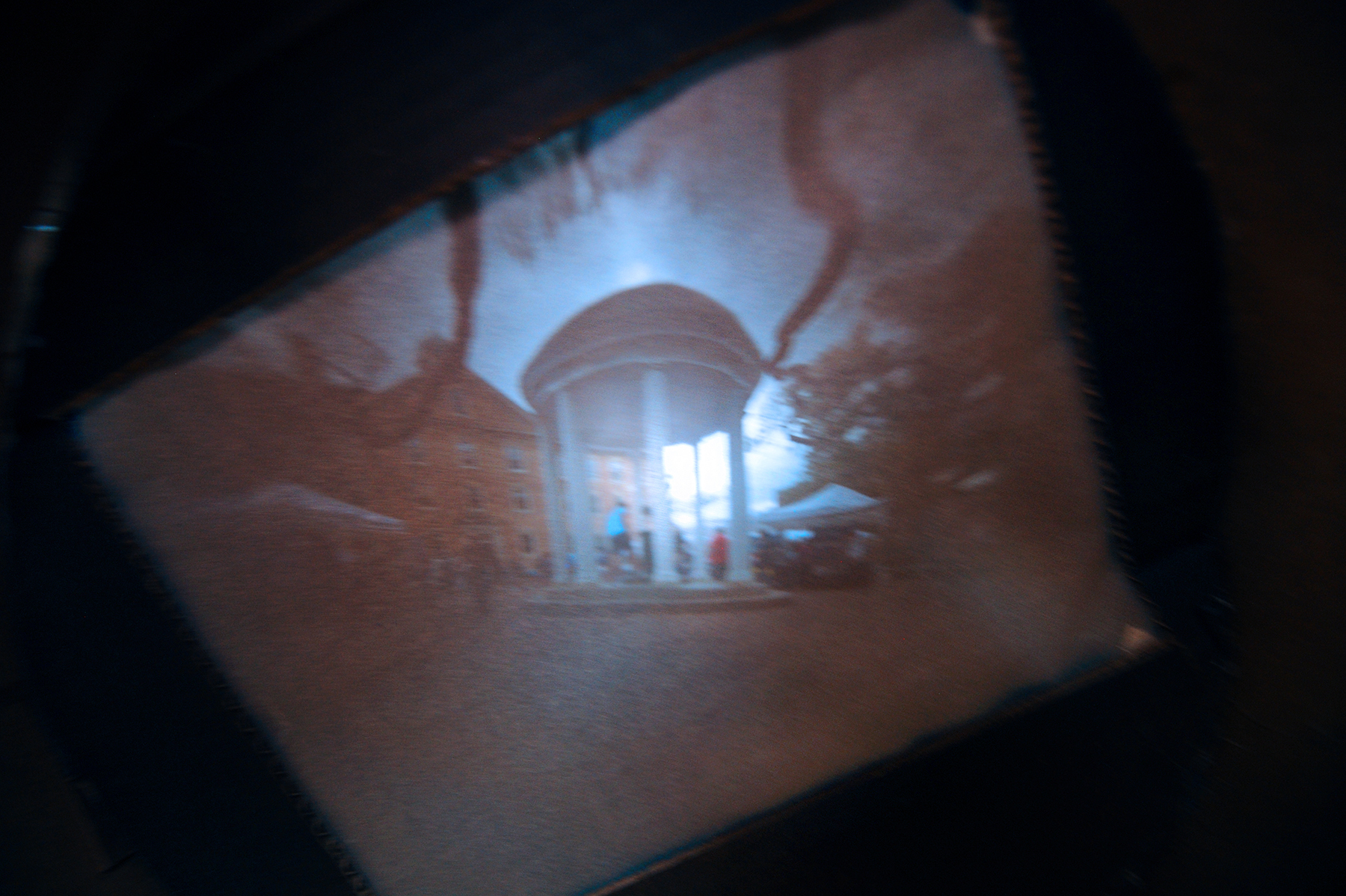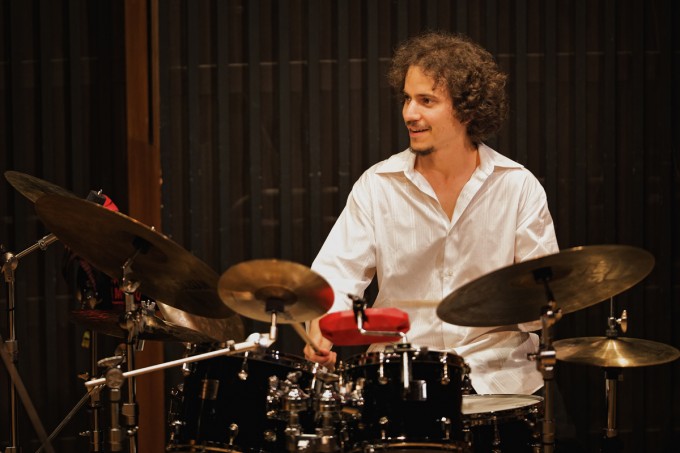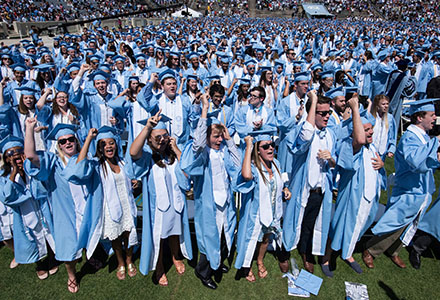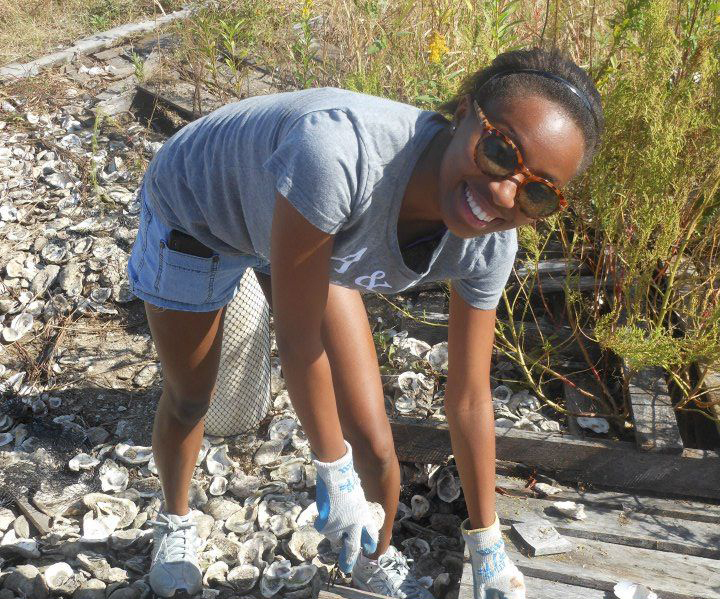Editor’s Note: Kaleb Lyda’s sculpture has been moved inside Davis Library.
Studio art major Kaleb Lyda ’21 discusses his “Obscura Domes,” which is a pinhole camera sculpture comprised of wood, plastic and glass. Lyda’s sculpture, which will be located on Polk Place, is part of a campuswide initiative called Arts Everywhere Day, an annual celebration of the fundamental role that the arts play at UNC-Chapel Hill. This year’s event, which features art-making activities, pop-up performances, colorful installations and more will take place across campus on Friday, April 12.

Q: What is the meaning behind your sculpture? What inspired it?
A: My goal for the sculpture was to create an art experience for anyone who interacts with the work. I believe that these sorts of experiences allow people to come to realizations about the world around them in a way that transcends purely intellectual effort. I started working on the Obscura Domes in January using CAD software and cardboard models, then built the full domes using wood and corrugated plastic. My budget was pretty tight, which was both challenging and fun as it forced me to consider everyday objects as potential components. The lenses I used to focus the light, for instance, are from reading glasses — and they do their job well!
The internal structure of the work is based on the iconic geodesic dome designed by R. Buckminster Fuller, who was a teacher at Black Mountain College as well as an architect, author and inventor. I chose to incorporate camera obscuras partly because of my personal fascination with the history of photography and partly as an examination of the experience of sight. Camera obscuras have a logical scientific explanation (the optical phenomenon of light passing through a pinhole) but they still retain some magical quality that eludes explanation.
My main inspiration for the Obscura Domes was the history and ideologies of Black Mountain College, which was an experimental school that considered the study of art as central to a liberal arts education. It was only active from 1933-1957, but many of the faculty and students became highly influential in the arts and across disciplines.
Q: Why are you an art major? What motivates you as an artist?

A: I’ve always been a maker — my childhood involved lots of sculptures made of office supplies — but I didn’t see myself as an artist until I came to UNC-Chapel HIll. For my first few years here, I tried out a lot of classes and departments. Each course challenged me in its own way, but I struggled to see how they connected. It wasn’t until I took a conceptual art class that I realized art can be a framework to learn deeply about the world and make connections across disciplines. Art is as interdisciplinary as you want to make it, and I’m inspired by the ways art can interact with every aspect of life.
Q: Can you tell us about your participation in the Black Mountain College’s {RE}happening festival?
A: {Re}HAPPENING is a one-day event at the historic campus of Black Mountain College, right outside Asheville. [This year it occurred on March 30]. It’s a platform for artists to respond to the legacy of the college with installations, new media, music and performance projects. When I saw their call for proposals, I was immediately inspired to create a work that engaged with the history of the site while also encouraging a sense of wonder.
Q: What excites you about participating in Arts Everywhere Day?
A: The chance to bring art out of galleries and into everyday life is always something that excites me. Everyone brings their own perspectives and lived experiences to their art, so Arts Everywhere Day is a chance to learn and explore a range of ideas and personal stories. I love that my work can engage with the incredible variety of performances and events around campus, and hopefully inspire others to see art as both a means for self-expression and a gateway to meaningful experiences.
Interview by Lauryn Rivers ’21




